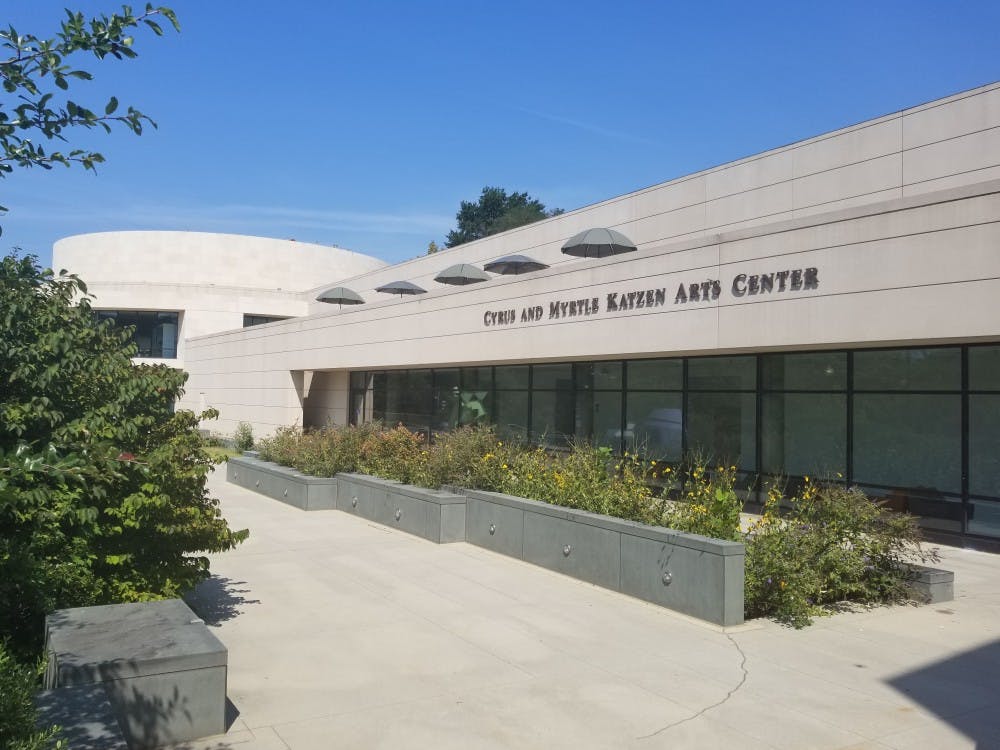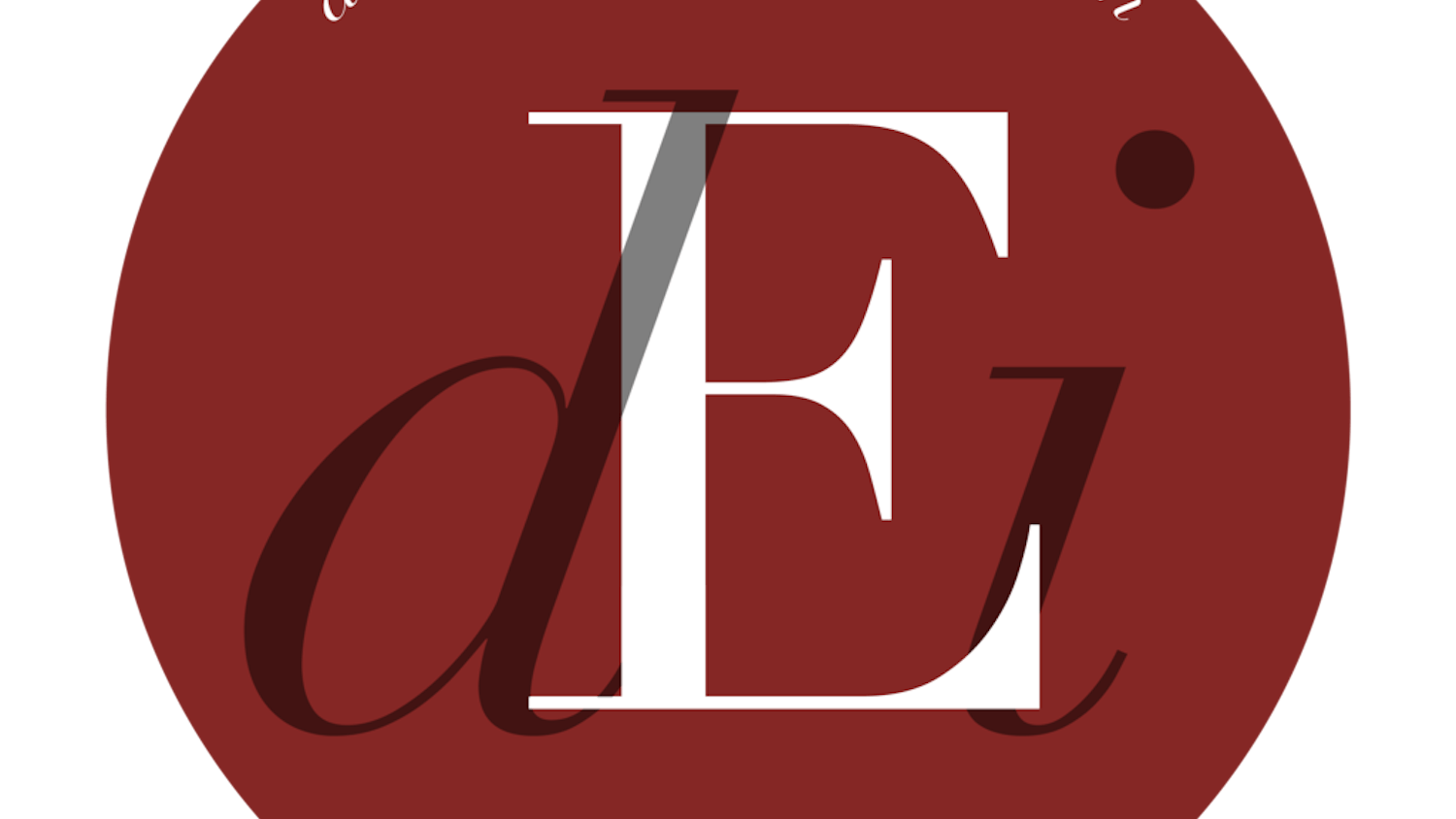The current art exhibit “Preparators and their Art” at Katzen Arts Center features the artwork of local D.C., Maryland and Virginia artists, ranging from sculptures to multimedia. This exhibit was supposed to be on display at the Katzen Arts Center from April 4 to May 24, however, due to the coronavirus pandemic, it is only viewable online.
A preparator is defined as the person “responsible for the installation and deinstallation of exhibitions.” In addition to written statements from each artist, the exhibit catalog provides an overview of the exhibit with pictures of each artists’ work.
One of the artists featured in this exhibit is sculpture artist Sara Dittrich. Her works explore the human body, technology and their interaction with one another. An example of her work, “Variations on Listening #1,” is a round sculpture with small ears made of clay. On her website, Dittrich has a mission statement outlining what she does and what has influenced her work: “My works investigate the communal aspects of music creation, and give a renewed awareness of the body to the viewer. Musical thinking, which is at the same time gestural and architectonic, often holds a strong presence in my work.”
A Katzen museum video profiling Dittrich provides an overview of how she approaches art and what topics she is interested in. The video shows Dittrich’s art studio and some objects that she uses to create her art, such as a heartbeat sensor, a breath sensor and a heart pulse sensor connected to a water valve. Dittrich said in the video, “I tend to work intuitively by building off past works that use sculpture, performance and electronics.”
Paul Blakeslee, who originally started as a music producer in Nashville, is a multimedia artist whose video, “I Get Petrified,” is in the exhibition. The video begins with a person sitting behind a piano which suddenly lights on fire. It then shows other instances where an individual gets frozen in fear by what he/she sees.
Another video from Blakeslee featured in the exhibit is “Another Casualty of the Seduction of Art.” This video features old movie clips, animated video clips and an instrumental soundtrack accompaniment.
One of the other works in the exhibition that stands out is Caroline Hatfield’s “Terraform.” It is a piece made with laser cut tar paper, charcoal and graphite. Even though there is no variety of colors, it depicts a dark mood and exotic scenes. Some elements of “Terraform 001-003” look like a 3D model. In the exhibit catalog, Hatfield wrote, “As a subject, landscape has always been a personal and emotional connection in my work.”
Erick Antonio Benitez, another artist featured in the exhibition, has artwork consisting of paintings with ink and charcoal, inspired by serious real-life subjects such as music and personal surroundings. Benitez’s piece “Transformation 54,” found on exhibition catalog page 7, is made of airbrush, ink and acrylic paint and has many contrasting colors. A face is in the center of the painting, with the eyes scribbled over by a white color. Benitez explored a variety of dark colors and light colors in the center of his painting.
Benitez’s Katzen museum profile video on Benitez shares how he takes real-life subjects and translates them into art. In the video, Benitez showed his studio and described what inspires him to do art, such as video games, music and memories. Benitez also discussed how he perceives his artwork, saying “These works have been kind of a full circle in a way, trying to tap back into how I was thinking about art.”
On his website, Benitez lists his exhibitions, including paintings, multimedia works, light and sound installations. Two of his exhibitions are titled “Where Pathways Meet” and “Portrait of the Living Sky,” and his painting “Things I Imagined” is now featured on the museum’s website along with his other paintings and installations.
In his statement in the exhibition catalog, Benitez wrote, “As a Preparator, you basically remove yourself from what the art means, and you see it more as an object.”
To supplement the exhibit, the artists contributed songs that inspired their work to a Spotify playlist provided by the AU Museum.





